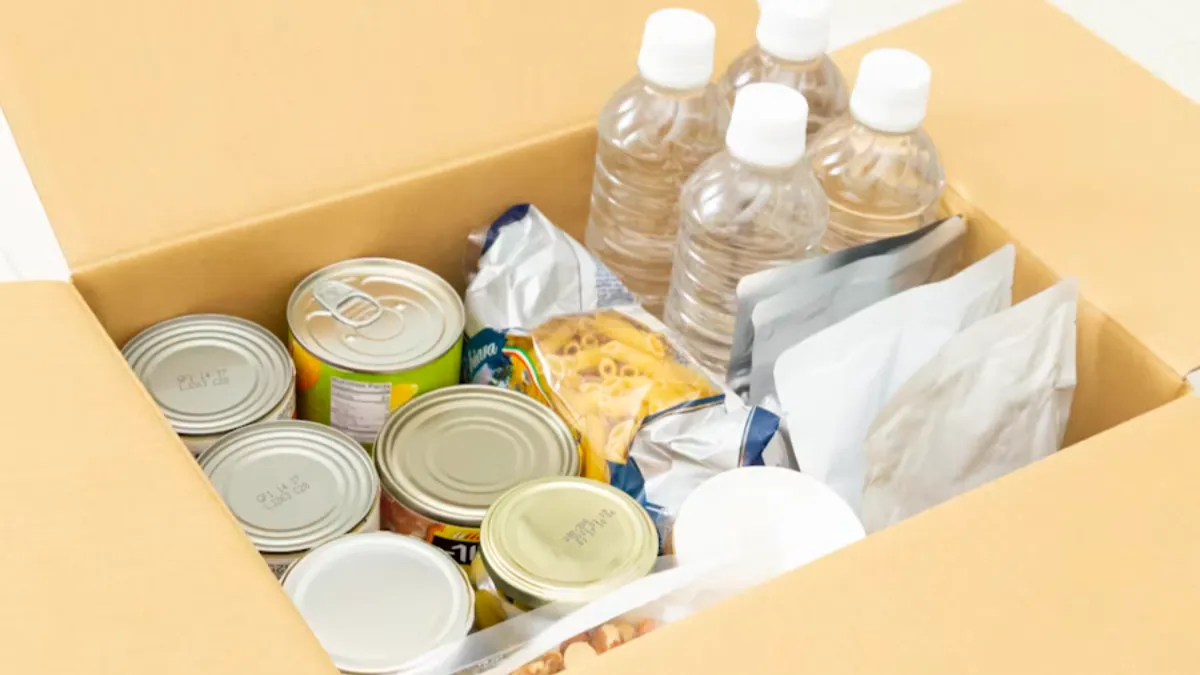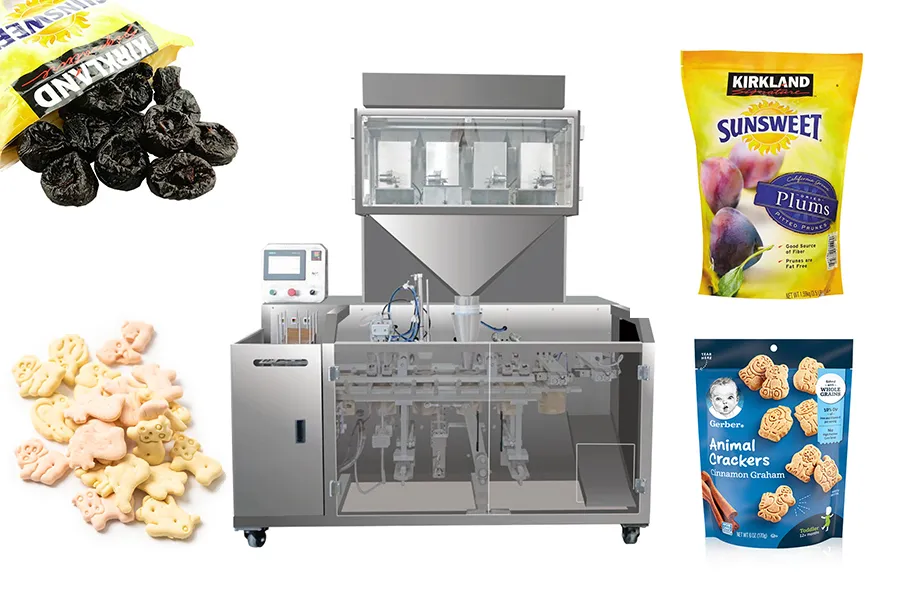Picking the right food packaging machine isn’t rocket science. Still, it’s surprisingly easy to trip over simple mistakes. One wrong choice can leave you with wasted money, wasted time, and a whole lot of stress.
The smart move is to learn what not to do. By spotting the common mistakes buyers make, you can dodge the traps and get a machine that truly works for your business.
Understanding Your Production Needs Before Investing in a Food Packaging Machine
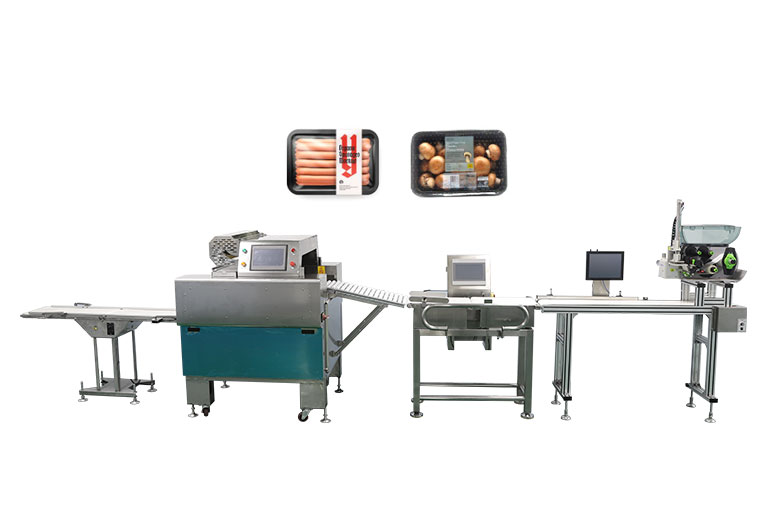
Before considering any machine, it is essential to understand your production requirements clearly. Many buyers make the mistake of focusing on machine features first, instead of assessing their own operational needs. Key considerations include:
- Production capacity. How many units do you need to pack per hour or per day? Small operations may need around 1,000 packages daily, while medium-scale frozen food manufacturers might require 20,000.
- Packaging requirements. What kind of materials are you using—film, paper, aluminum foil, or multilayer pouches? Are you sealing liquids, dry goods, or mixed products?
- Machine selection. Does your product require vacuum sealing, modified atmosphere packaging (MAP), or simple wrapping? Each technology has its own strengths and costs.
Industry experts recommend building a simple chart comparing current output with projected production for the next three years. Buying a machine with 15–20% higher capacity than your current demand often covers seasonal peaks and future growth efficiently.
Mistake 1: Ignoring Packaging Material Compatibility and Product Safety
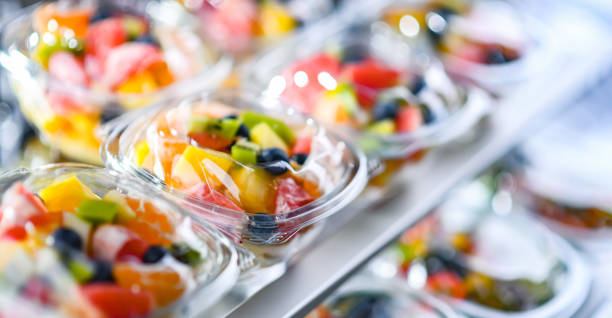
Image Source: IStock
Material Compatibility and Product Safety
One common mistake is overlooking how your product interacts with packaging materials. Even if a machine runs smoothly, using the wrong material can compromise sealing quality and food safety. Using incompatible combinations can lead to microleaks, spoilage, or recalls.
You should always verify machine compatibility with your chosen materials and request real packaging samples. Even a short test run can reveal potential issues before full-scale production.
Compliance with Food Safety Regulations
Food safety regulations are strict. In the EU and US, food contact materials must meet strict migration limits. Your machine should allow adjustments in sealing temperature, pressure, and dwell time to protect the product while ensuring secure seals. High-barrier films for extended shelf life often require heaters that maintain temperatures within ±2 °C.
Hygiene Design Matters
Hygiene is critical in food packaging. Machines with stainless steel frames, smooth surfaces, tool-less changeovers, and IP65 or higher water-resistance ratings are easier to clean and reduce contamination risks. Ensuring your staff can easily maintain cleanliness will protect both your product and brand reputation.
Mistake 2: Overlooking Machine Capacity and Speed for Your Business Scale
Machine capacity and speed directly affect production efficiency. Many buyers rely solely on catalog specifications, which may not reflect real-world performance.
For example, a machine listed at “up to 60 packs per minute” might only achieve 30–40 packs per minute with heavier or complex products. To avoid this problem, ask for cycle speed data using your actual product and packaging, observe live demonstrations, and calculate effective output considering downtime for cleaning or changeovers.
Your line speed should be 10–15% above average demand to handle peak periods without overtime. Mid-sized plants operating lines at 90% capacity often face bottlenecks during minor delays. Upgrading to faster machines or modular systems with multi-head weighers can improve efficiency and support future growth without replacing the entire line.
Mistake 3: Neglecting Maintenance, Service, and Technical Support Options
Maintenance and technical support significantly affect total cost of ownership. Downtime can be more expensive than the machine itself. For a line producing 10,000 packs per day at a profit margin of $0.15 per pack, one day of downtime equals $1,500 lost revenue.
When evaluating suppliers, consider:
- Warranty duration and coverage
- Availability of spare parts locally
- Average response time for service calls
- Remote diagnostics and operator training options
Machines designed for easy maintenance—featuring quick-release belts, clear access panels, and built-in troubleshooting guides—reduce downtime. Predictive maintenance systems can lower unplanned downtime by 20–30%. Comprehensive training for operators, beyond basic manuals, also improves effective throughput by reducing setup errors.
Mistake 4: Failing to Consider Automation Level and Integration With Existing Systems
Integration and Compatibility
Before buying, review your upstream and downstream equipment. Check that fillers, conveyors and labeling stations align with the speed and height of the new machine. Make sure control systems such as PLC or SCADA match your existing protocols; mismatches often mean extra engineering time and money.
Choosing the Right Automation Level
Think about labor and throughput. A semi-automatic unit may need two operators but costs less and handles varied products well. Fully automatic machines suit large, steady batches and can cut labor while improving consistency. Plan capacity so the system can meet peak demand without bottlenecks.
Data and Future-Proofing
Modern packaging machines come with Ethernet/IP or OPC-UA interfaces for real-time monitoring and reporting. This transparency supports lean manufacturing and food safety audits. Machines with modular or upgradeable features also give you flexibility to grow without replacing the entire line.
Mistake #5: Choosing on Price Alone Instead of Total Cost of Ownership
Focusing solely on purchase price is risky. You should consider the total cost of ownership, which includes installation, training, maintenance, spare parts, energy use, and downtime.
Consider this example:
- Machine A: $50,000 purchase price, $5,000 annual spare parts
- Machine B: $60,000 purchase price, $2,000 annual spare parts, 10% more energy-efficient
Over five years, Machine B may be more cost-effective despite the higher upfront price. Creating a spreadsheet that lists all anticipated costs over the machine’s expected lifespan (7–10 years) can help you calculate a realistic ROI.
Resale value and upgrade options should also be assessed. When you choose a machine from a well-known brand, you usually get better resale value and easier access to spare parts. Looking at modular upgrade programs or trade-in options early on can also help you extend the machine’s life and reduce future capital expenses.
Partner with CHLB for Smarter Packaging
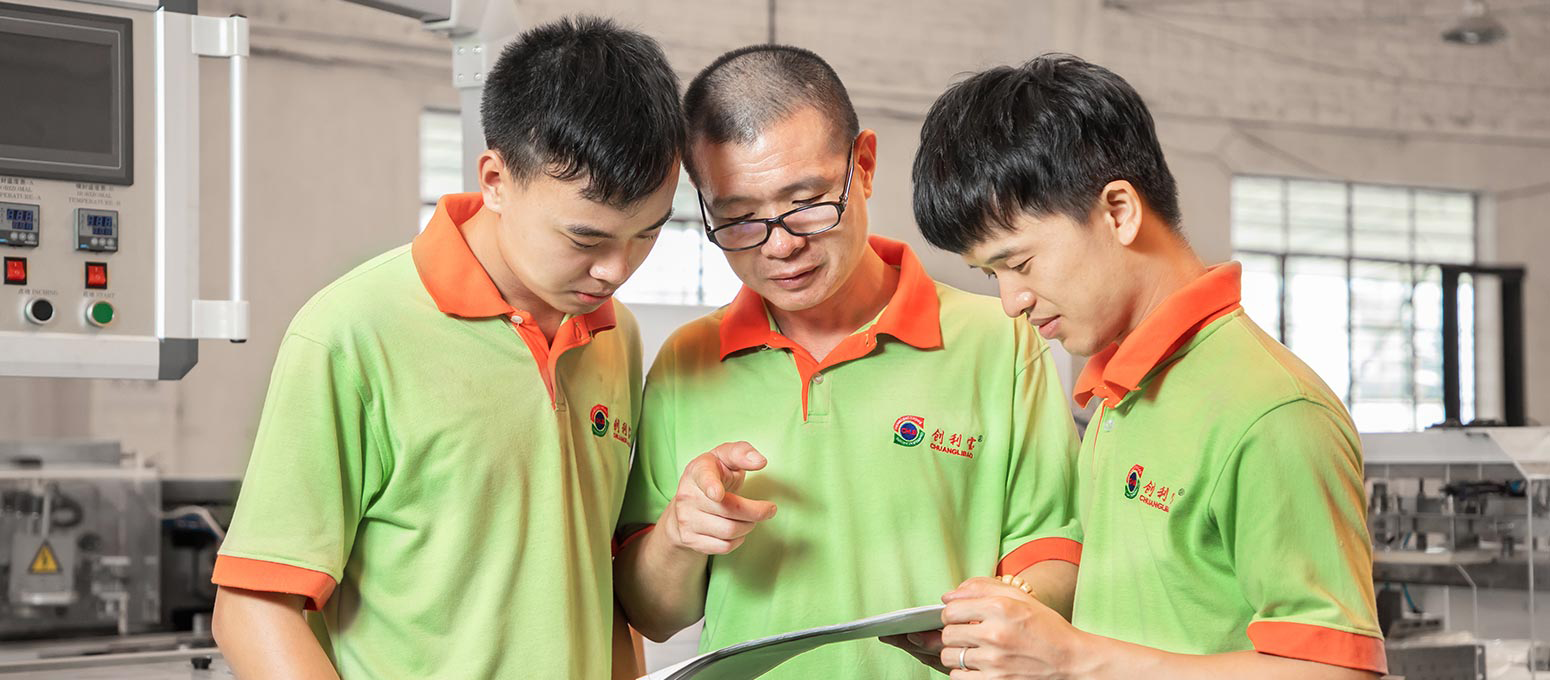
Quality Machines You Can Count On
CHLB Group delivers flow packaging machines built for speed, durability, and precision. Their equipment helps you keep products safe, fresh, and ready for the market without unnecessary downtime. As a trusted flow packaging machine supplier, they make sure you get reliable packaging solutions that last.
Guidance Every Step of the Way
With CHLB, you don’t just buy a machine—you gain a partner. Their team offers expert advice and support to make sure your packaging line runs smoothly and efficiently. This level of service ensures you always get the right packaging solutions for your business needs.
Final Thoughts
Choosing the right food packaging machine doesn’t have to be overwhelming. By avoiding these five mistakes, you’ll save time, money, and headaches—and you’ll make sure your food products are packaged safely and attractively.
If you want equipment that blends efficiency with reliability, check out CHLB’s full range of packaging machines that are built for consistent performance and long-lasting durability in the food industry.
FAQs
1. What factors should I consider when choosing a food packaging machine?
Consider your product type, packaging material, production volume, and budget. Matching these ensures the machine fits your needs.
2. How can I determine the right machine speed for my production line?
Check your daily or hourly production requirements and pick a machine that meets that capacity without slowing down operations.
3. What maintenance considerations should I keep in mind?
Regular cleaning and scheduled checks keep your machine running efficiently and prevent unexpected downtime.
4. Are there energy-efficient options available?
Yes, many modern machines save energy with low power consumption and smart operating modes, helping cut costs.
5. What industry has the largest demand for packaging?
Food and beverage industry. The primary consumer of sustainable packaging is the food and beverage industry, promptly followed by the personal care and cosmetics sector.

